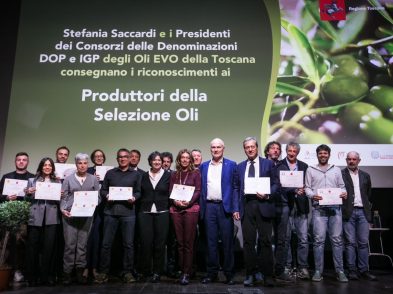My first memory of eating an artichoke is an image of my mother showingme how to bite down on the leaf and pull it through my front teeth. I must have been very young, because myteeth marks were tiny compared to the others in that great heap of discardedleaves sitting in the bowl on the table. In my family, artichokes were simplyboiled until tender and we would just pull off the leaves and dip them intobowls of wonderful olive oil that had been seasoned very heavily with crunchyblack pepper and salt. I still enjoy them that way, but artichokes are veryversatile; it would be a shame not to try other ways of cooking these wonderfulvegetables.
Native to the Mediterranean region, artichokes were known to both theGreeks and the Romans and are thought to have first been cultivated aroundNaples. The Roman Pliny describes a choke as ‘one of the earth’smonstrosities’. Other records, however, show that his fellow Romans enjoyedthem prepared with honey and vinegar and seasoned with cumin. Much later, during the 15th century, Catherine de Medici introduced them to the court ofher husband, King Henry II of France. From there, artichokes soon arrived inBritain and then on to America, during the Age of Exploration.
The name originates from the Arabic al-khurshuf. Experts also refer to the botanical names, cynara (from the latin canina, meaning canine) and scolymus (from the Greek scolymos, meaning thistle). The plant is, in fact, a subspecies of thistle whichgrows from three to five feet tall. It has long leaves and tall stalks; spikyartichokes grow atop the stalks.
My local greengrocer assures me that there are over 400 (yes, you readthat correctly) varieties of artichoke available in Italy. From region toregion, artichokes of varying size, color and taste have distinct reputationsas to their optimum use. Some are best for sautéing while other varieties arebest steamed. There are artichokes that should be eaten raw and those thatshould be used to add flavor to another type of dish.
Here are two recipes using local varieties of artichoke: the large, round mamme, grown in Tuscany, and the Venturina, grown near Livorno, which is smaller and more oval-shaped.
No chat about artichokes wouldbe complete without mention of Cynar, the wonderful aperitivo made from this tasty vegetable. It’s a little bitter but is very goodfor the digestion—as are artichokes themselves!
Fritatta ai carciofi
Serves four
2 artichokes (the smaller Venturina variety is agood choice for cooking);
olive oil;
salt and pepper;
6 eggs
Wash the artichokes and discard the stems and any tough outer leaves.Chop the artichokes into quarters and then eighths. Eliminate any thistle thatmay be present. Sauté the artichokes in olive oil over medium heat for about 20minutes, stirring occasionally. Wait until they become soft, adding a littlewater for moisture, if necessary. Set aside.
Meanwhile, whisk the eggs, adding salt and pepper to taste. Put a fewtablespoons of oil into a large omelet pan and while the oil is heating, blend the artichokes into the egg mixture. Pour into the omelet pan and cookattentively, tilting the pan from side to side to allow all of the egg liquidto be exposed to the heat. When the egg mixture is no longer runny, flip theomelet over and cover the pan, allowing it to cook for a few more minutes before removing from heat. Serve immediately.
Carciofi ripieni (stuffed artichokes)
A great side dish with a Sunday roast, or an excellent light supper with a few slices of prosciutto, some cheese and a bit of crunchy bread.
1 large artichoke (round and full, such as the Mamme variety) per person;
bread crumbs;
minced parsley;
minced garlic;
cooked, diced bacon (ifdesired);
peeled, diced artichoke stems;
olive oil;
salt and pepper.
Wash the artichokes and shake out any excess water. Cut off the stemsright at the base of the head and reserve them for use in the stuffing. Pressthe artichoke into the palm of your hand to separate and open the leaves and thenarrange them in a large, deep sauté pan. Place them very close together so thatthey’re touching and will support each other during the cooking process.
Meanwhile, make a stuffing mixture by combing the bread crumbs, parsley, garlic, bacon, diced stems, olive oil, salt and pepper. Stuff the interior of each artichokewith this mixture. Pour enough water into the sauté pan so that it rises aboutan inch deep. Cover and cook over medium heat for about 20 minutes. Check occasionally to be sure that the waterhas not boiled away, and at the same time, ladle a spoon or two of the cooking water over each artichoke to keep them moist. The artichokes are done whentheir centers are soft and one of the outer leaves comes away effort lessly.







